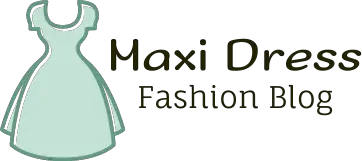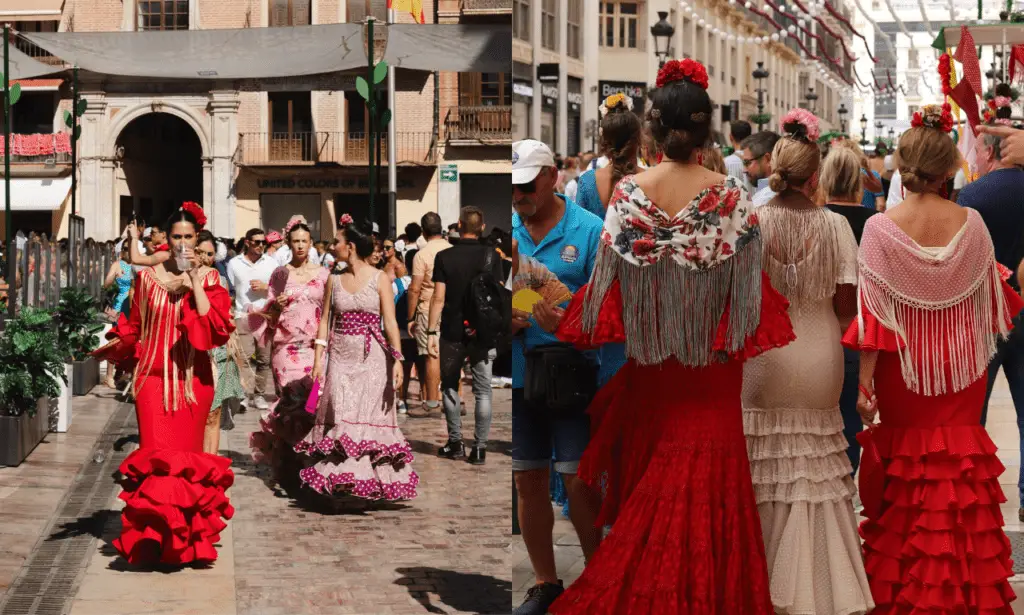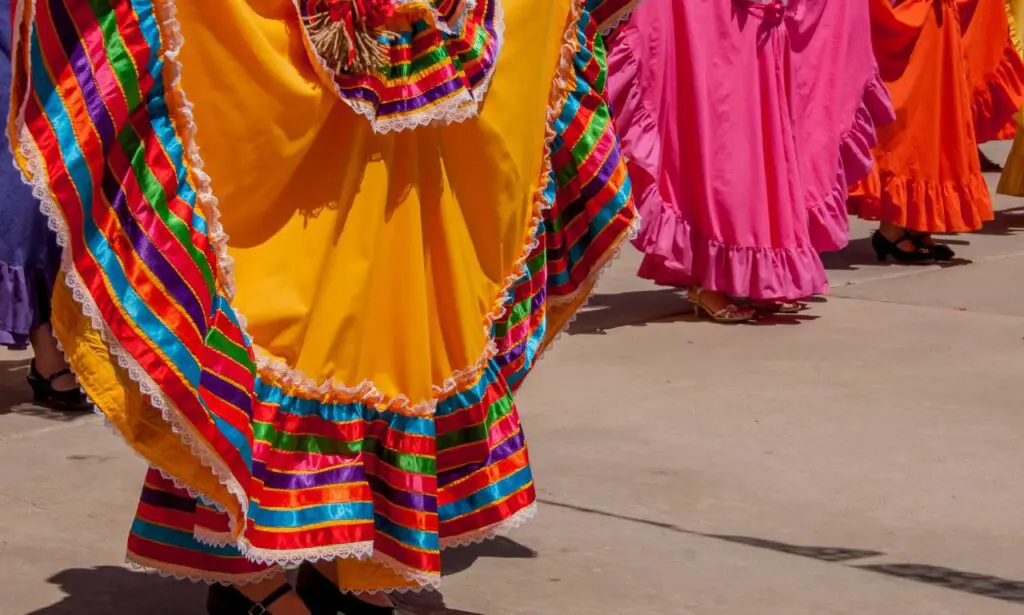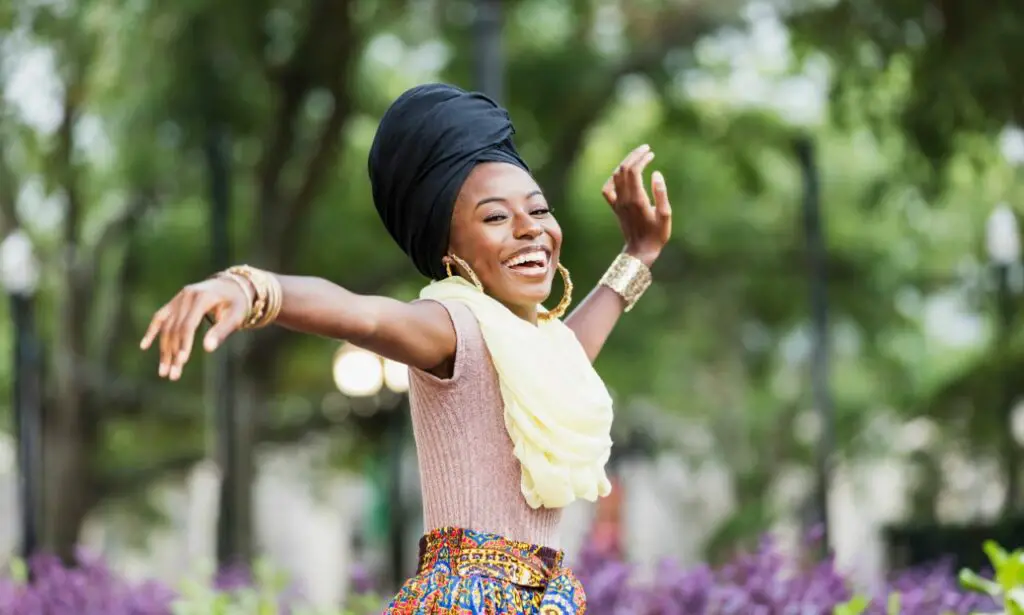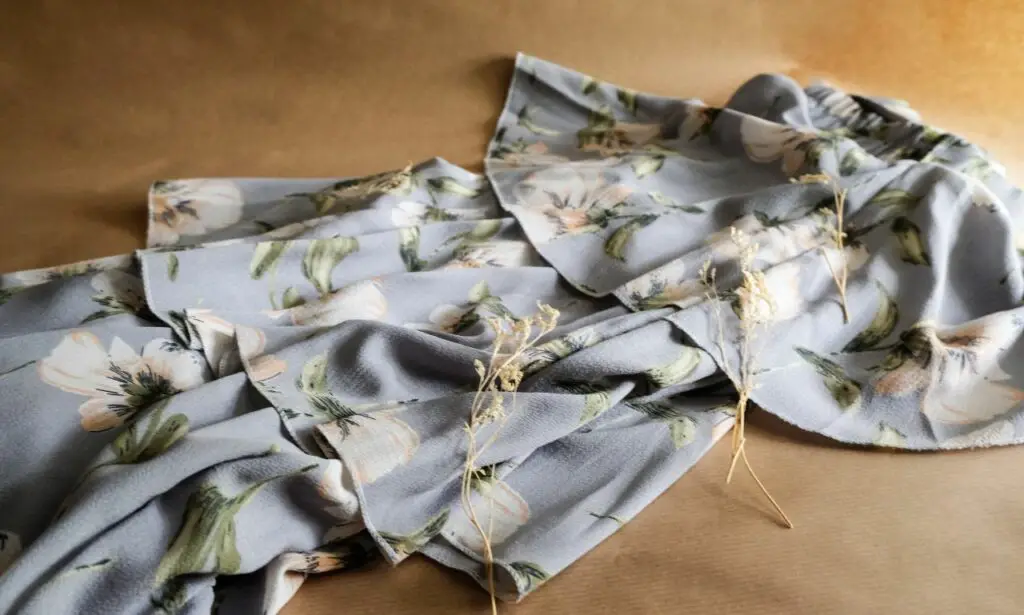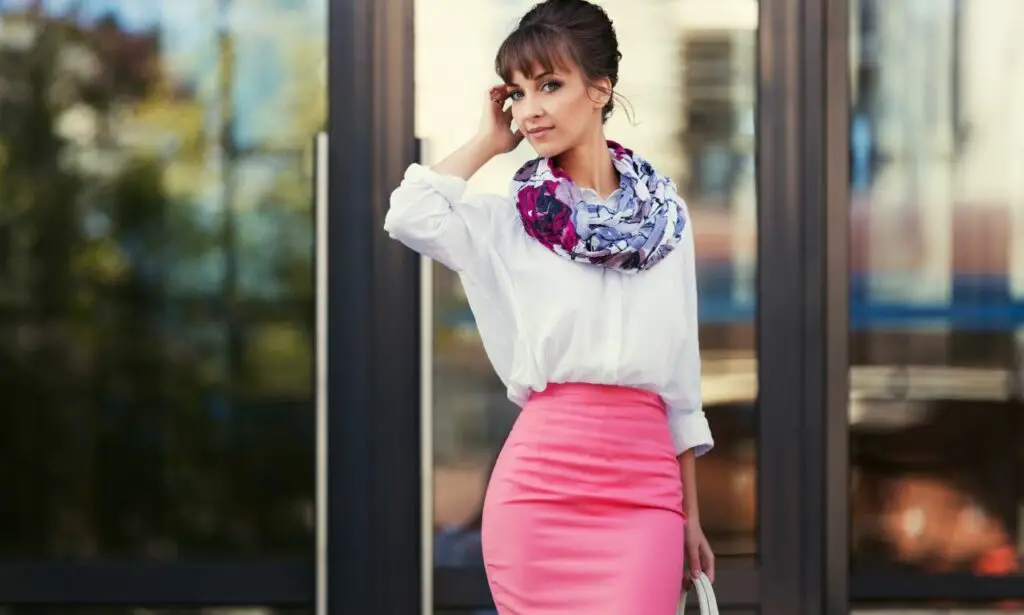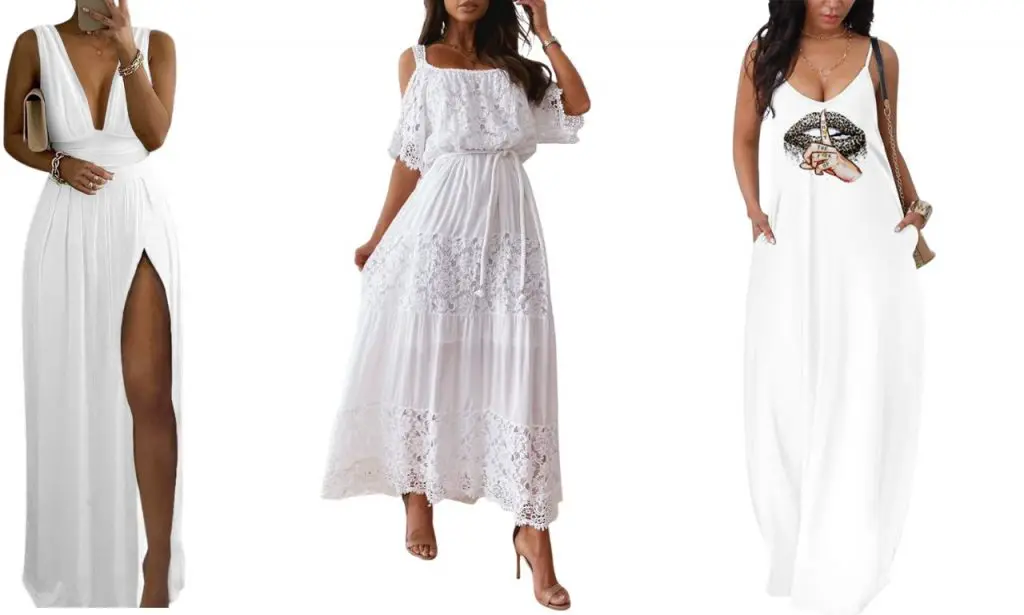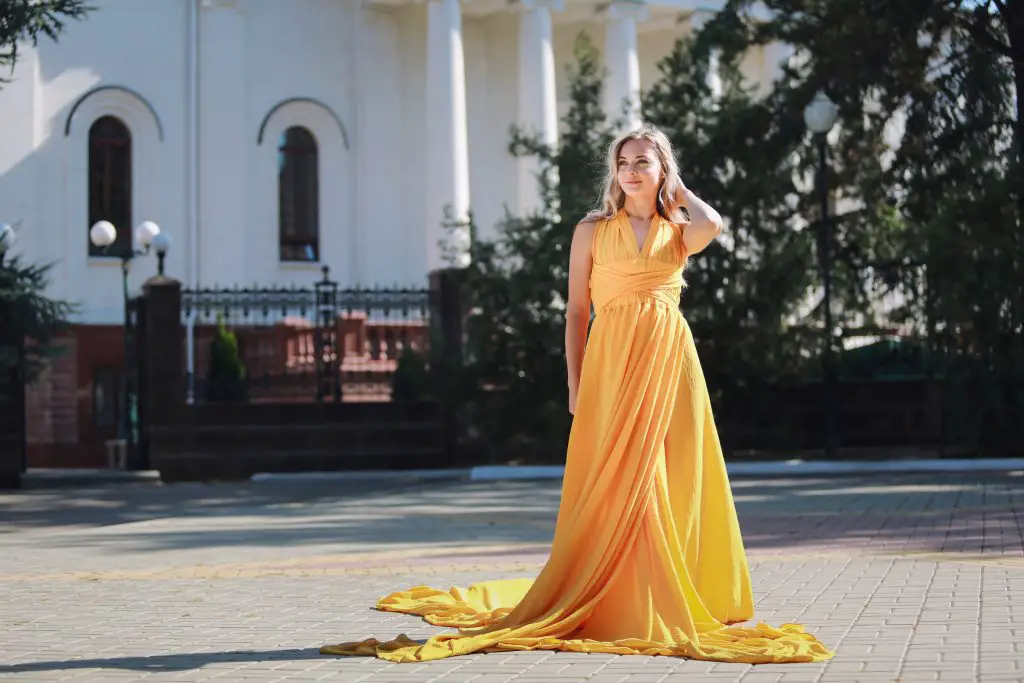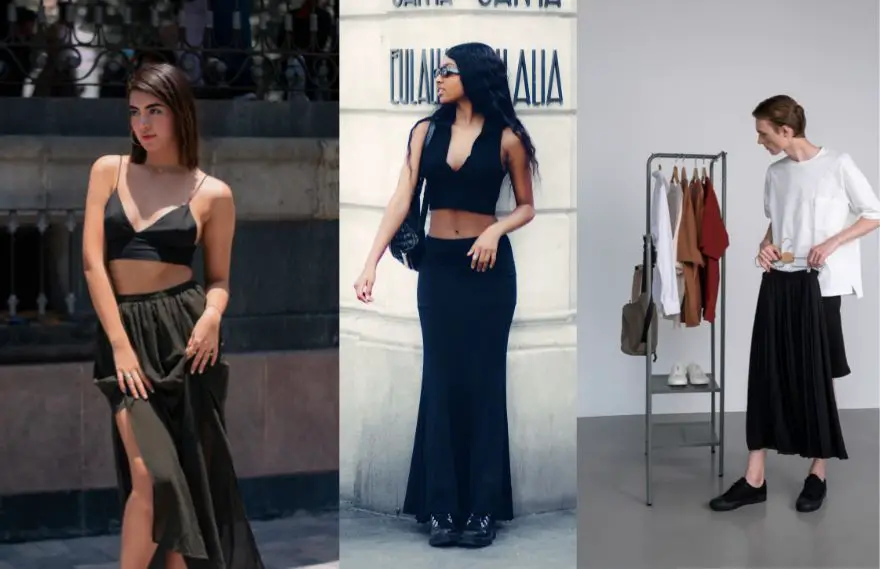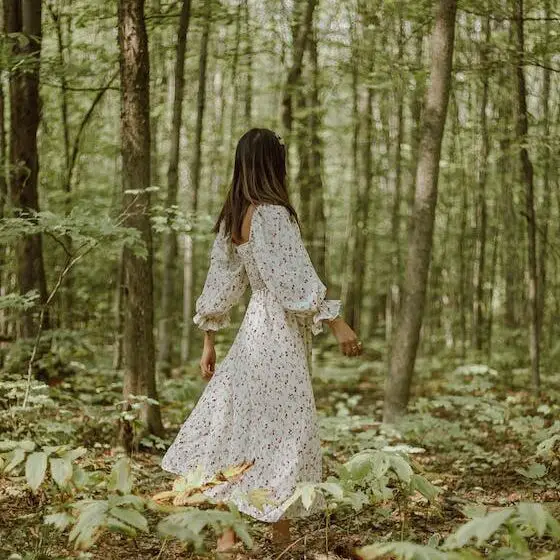Spanish fashion has influenced the industry for decades, and one major point of influence is the maxi dress. Generally, maxi dresses come in different forms, but you can’t talk about these dresses without including the popular Spanish style maxi dresses. These dresses are fun, elegant, regal, colorful, and inspired by tradition.
The Spanish style maxi dress dates back to the 1500s when women wore the Spanish farthingale and loose-fitting gowns like the ropa. In fact, Spain’s traditional dress is a maxi style dress, known as the traje de flamenco, which speaks volumes of the country’s influence. But before we go any further, let’s explore how traditional dresses evolved into modern maxi dresses.
Types of Traditional Spanish Dresses
Spain divides into approximately 17 regions. All these regions pride themselves on uniquely designed traditional dresses. However, here’s a list of the most popular Spanish dresses that contributed to the design of modern maxi dresses.
1. Traje De Flamenco
The traje de flamenco, also known as Andalusia, is the most popular traditional outfit. The dress originates from Seville in the early 20th century, where it was a modest gown worn by peasants and gypsy women. They referred to it as a calico gown, a uniform for women performing chores.
However, the women became creative, adding embroidery, colorful ruffles, and dressy robes to make it cuter. Of course, when the women wore these unique outfits to cattle fairs, they quickly became popular, and women in high society copied the style. Over time, the design became the official dress of the fair and, eventually, a traditional national outfit.
The flamenco dress has a rich history, and although citizens only wear it on special occasions, you’ll notice Flamenco performers rocking these outfits to date. Traditionally the dress featured two distinct colors; red and black. However, modern flamenco dresses are more colorful and include various prints. Moreover, the accessories for the dress include a shawl and flowers or a decorative comb (peineta) worn in the hair.
2. Spanish Fallera
The Spanish fallera is an elegant outfit synonymous with the Valencian region. The Valencian women don these dresses during the Las Fallas de Valencia to commemorate the arrival of spring. However, long before the inception of Las Fallas, women donned these dresses daily during the 18th century.
The traje de fallera is for women, and men compliment their outfits with the traje de saraguell or traje de torrenti. Traditionally, it was a hand-sewn gown that included a skirt and bodice, a design influenced by the outfits of women laborers in Valencia.
The dress is purely made of silk fabric and lace. For accessories, women include the mantilla (a traditional veil), peinetas, cholla (a unique brooch), a silk sash, hand-woven shoes, and flowers. You will also notice a unique hairstyle where the hair features meticulously braided parts on the sides.
3. Baserritarra
The baserritarra is popular in the northwest region of Spain in Basque Country. Although the region features various traditional attires for women and men, the baserritarra is the most common. You will notice women wearing long dresses that combine a skirt and shirt. In addition, they pair the outfits with an apron and matching head scarf.
Like most traditional dresses, the baserritarra was for peasants and laborers. In fact, fishermen, peasants, and male laborers wear a male version of this outfit. However, as industrialization spread across Spain and France, the peasants dumped the basseris for modern clothing.
Nowadays, baserritarra dresses are worn on special occasions to represent Basque tradition. The women pair these dresses with the alpargata or abarkas (traditional Spanish shoes) and a zapi (head scarf).
4. Traje de Chulapa
The chulapa is the most popular traditional costume in Madrid. The dress dates back to the 19th century when women wore the chulapa dress to perform in musical plays known as Zarzuelas.
Generally, the name chulapa comes from the word “chulo,” which refers to middle to lower-class working people. The same people who performed in these plays at the palace. The “chulos” were known for these elaborate chulapas and chulapos (for men). Their style and attitude influenced the popularity of these costumes.
Nowadays, every 15th of May, tourists and locals in Madrid line the streets for an outstanding festival, “the Chulaps and Chulapos of Madrid.” Everyone stands out in long fitted dresses, signature handkerchiefs, mantillas, manila shawls, and two carnations for their heads. If you’re in Spain in May, attending the festival will leave a lasting memory.
5. Traje de Pubilla
The traje de pubilla is the signature traditional outfit for women in Catalonia, Spain. Unlike the other dresses on this list synonymous with peasants, the pubilla was popular amongst the heirs of farmhouses, set to inherit the whole rural estate. However, if the ladies had a brother, he would be the heir, and his outfit was known as the hereu.
The dress dated back to the 18th and 19th centuries and was part of the Catalan civil law to protect property and avoid exploitation. The heiress wears a dress that combines a bodice and skirt, a black apron, fishnet gloves and hat, lace mantilla, white socks, and black heels. Back then, the outfit featured expensive material and high-grade lace to signify opulence.
6. The Rebozillo
Spain’s Balearic Islands are known for their heavenly beaches and wholesome cities. However, the cultural heritage is also outstanding, starting from the beautiful rebozillo dress. This attire is the most popular traditional outfit from this region, and women wear it during the la Festa de l’Etendard festival.
Women and girls wear long dresses, a mantilla or long chest veil, and shawls. Other accessories include collars, watches, rings, and silver buckles or buttons for the bodice. Although it is an ancient outfit, many Muslim women in Majorca and other parts of the islands continue to wear the rebozillo.
Modern Spanish Style Maxi Dresses
Modern and traditional fashions are worlds apart, but designers still derive inspiration from traditional outfits. In fact, many Spanish style maxi dresses are a version of traditional outfits. Below are some of the modern Spanish style maxi dresses.
1. Ruffles, Ruffles, and More Ruffles
Ruffles are the most identifying feature of a Spanish style maxi dress. Modern designers derive inspiration from the famous flamenco dress, known for its ruffles and bright colors. The maxi dresses are usually elegantly designed with high-quality material.
Usually, the ruffles are at the bottom of the dress, but most modern maxi dresses include ruffles around the hand area, neckline, or shoulders. You only need an experienced sewist, and any design will be achievable.
In fact, the ruffle maxi dresses are perfect for weddings, gala dinners, and other elegant events. In addition, you have the freedom to include the mantilla, mantoncillos (woven shawl), or peineta. However, the flower crown is the most popular accessory for modern ruffle maxi dresses.
2. The Embroidered Maxi Dress
Most Spanish maxi dresses feature unique prints sewn into place using unique and colorful threads. The dresses are usually plain-colored, with the embroidery providing a beautiful contrast. I particularly like how the designers intentionally sow the patterns around specific areas like the neckline, arms, middle part of the dress, or layers around the dress. The dresses are so cute and creative.
3. Off-Shoulder Maxi Dress
The off-shoulder maxi is definitely a Spanish-style maxi dress. As seen here on Queen Letizia of Spain, these dresses are elegant yet fun and simple. Generally, the off-shoulder maxi dresses are colorful and floral. Moreover, you can wear it like the queen in the picture above or wear an off-shoulder dress with a ruffle layer around the neckline.
4. Boho Chic
Although Bohemian fashion has roots in France, Spanish fashion also excels in manufacturing bohemian-style outfits. Usually, the Spanish style maxi dresses are flowy and simple. They feature materials like cotton, linen, silk, lace, or bamboo.
Moreover, for Spanish style dresses, you’ll notice that most boho chic outfits are off-shoulder and feature layers that emulate gowns. To make the maxi dress more stylish, consider styling it with a denim jacket, layered or pendant necklaces, and a boho-inspired bag.
5. Colorful Prints
Like traditional costumes, modern Spanish-style maxi dresses are colorful, floral, and full of prints. Generally, Spain experiences more sunny days than cold, and citizens tend to complement this weather through color and prints.
You will notice that most Spanish style maxi dresses are floral and flowy. The color is mostly bright if it’s a plain-colored maxi. Here are a few ideas on how to style a floral Spanish maxi dress.
There are Spanish style maxi dresses in white, black, brown, and other simple colors, but they always include fun embroidery or ruffles.
Yes! Spanish style maxi dresses include several elegant pieces you can wear to a wedding and other formal events. In fact, you can take advantage of the occasion to pull off some of the elegant traditional accessories like the mantilla, peineta, shawls, and flower headpieces.
Ruffles are the mark of many Spanish style outfits, but not all maxi dresses have ruffles. Some feature embroidered prints, while others take on the bohemian vibe. It’s a mix of designs, but ruffles are definitely front and center, taking inspiration from the national traditional dress, the flamenco.
